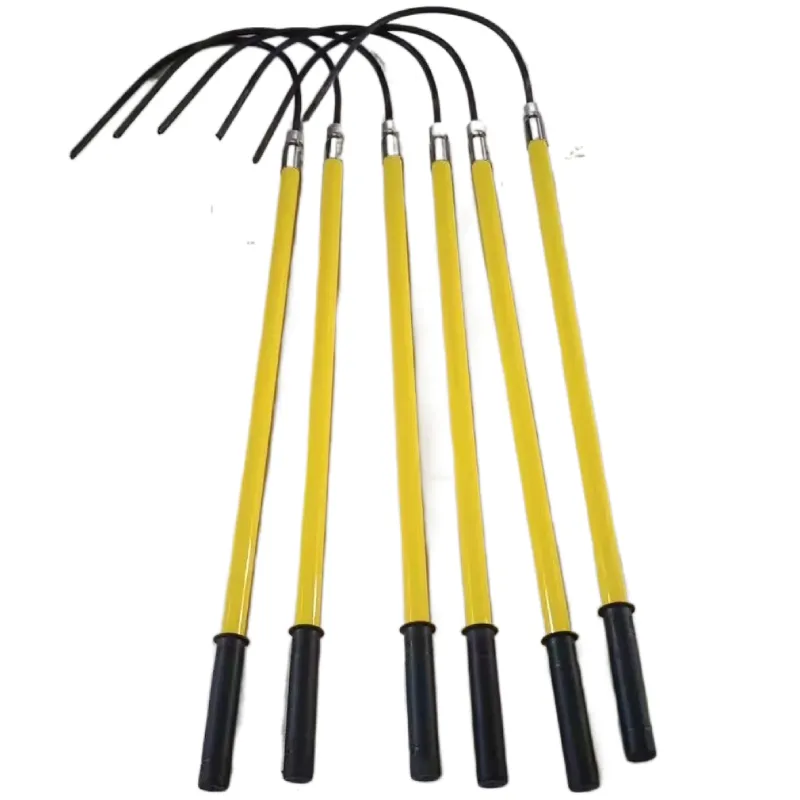
-
 Afrikaans
Afrikaans -
 Albanian
Albanian -
 Amharic
Amharic -
 Arabic
Arabic -
 Armenian
Armenian -
 Azerbaijani
Azerbaijani -
 Basque
Basque -
 Belarusian
Belarusian -
 Bengali
Bengali -
 Bosnian
Bosnian -
 Bulgarian
Bulgarian -
 Catalan
Catalan -
 Cebuano
Cebuano -
 Corsican
Corsican -
 Croatian
Croatian -
 Czech
Czech -
 Danish
Danish -
 Dutch
Dutch -
 English
English -
 Esperanto
Esperanto -
 Estonian
Estonian -
 Finnish
Finnish -
 French
French -
 Frisian
Frisian -
 Galician
Galician -
 Georgian
Georgian -
 German
German -
 Greek
Greek -
 Gujarati
Gujarati -
 Haitian Creole
Haitian Creole -
 hausa
hausa -
 hawaiian
hawaiian -
 Hebrew
Hebrew -
 Hindi
Hindi -
 Miao
Miao -
 Hungarian
Hungarian -
 Icelandic
Icelandic -
 igbo
igbo -
 Indonesian
Indonesian -
 irish
irish -
 Italian
Italian -
 Japanese
Japanese -
 Javanese
Javanese -
 Kannada
Kannada -
 kazakh
kazakh -
 Khmer
Khmer -
 Rwandese
Rwandese -
 Korean
Korean -
 Kurdish
Kurdish -
 Kyrgyz
Kyrgyz -
 Lao
Lao -
 Latin
Latin -
 Latvian
Latvian -
 Lithuanian
Lithuanian -
 Luxembourgish
Luxembourgish -
 Macedonian
Macedonian -
 Malgashi
Malgashi -
 Malay
Malay -
 Malayalam
Malayalam -
 Maltese
Maltese -
 Maori
Maori -
 Marathi
Marathi -
 Mongolian
Mongolian -
 Myanmar
Myanmar -
 Nepali
Nepali -
 Norwegian
Norwegian -
 Norwegian
Norwegian -
 Occitan
Occitan -
 Pashto
Pashto -
 Persian
Persian -
 Polish
Polish -
 Portuguese
Portuguese -
 Punjabi
Punjabi -
 Romanian
Romanian -
 Russian
Russian -
 Samoan
Samoan -
 Scottish Gaelic
Scottish Gaelic -
 Serbian
Serbian -
 Sesotho
Sesotho -
 Shona
Shona -
 Sindhi
Sindhi -
 Sinhala
Sinhala -
 Slovak
Slovak -
 Slovenian
Slovenian -
 Somali
Somali -
 Spanish
Spanish -
 Sundanese
Sundanese -
 Swahili
Swahili -
 Swedish
Swedish -
 Tagalog
Tagalog -
 Tajik
Tajik -
 Tamil
Tamil -
 Tatar
Tatar -
 Telugu
Telugu -
 Thai
Thai -
 Turkish
Turkish -
 Turkmen
Turkmen -
 Ukrainian
Ukrainian -
 Urdu
Urdu -
 Uighur
Uighur -
 Uzbek
Uzbek -
 Vietnamese
Vietnamese -
 Welsh
Welsh -
 Bantu
Bantu -
 Yiddish
Yiddish -
 Yoruba
Yoruba -
 Zulu
Zulu


Ноя . 23, 2024 23:49 Back to list
ground rod
The Importance of Ground Rods in Electrical Systems
In the realm of electrical systems, safety and reliability are paramount. One critical component that plays a vital role in ensuring both is the ground rod. Ground rods are essential parts of an electrical grounding system, designed to provide a safe and effective path for electrical currents to dissipate into the earth, thus protecting people and equipment from electrical faults.
What is a Ground Rod?
A ground rod is typically made of conductive materials such as copper or galvanized steel and is driven into the earth to create an electrical connection between the ground and the electrical system of a building or structure. The rod is usually at least 8 feet long, although its length can vary depending on local electrical codes and soil conditions. The primary function of the ground rod is to provide a low-resistance path for electrical currents, particularly in the event of a fault condition, such as a short circuit or lightning strike.
How Ground Rods Work
When an electrical fault occurs, such as an overload or an insulation failure, excess current can flow through the electrical system. Without a proper grounding mechanism, this excess current can create dangerous situations, including electrical shocks, fires, or equipment damage. Ground rods provide a pathway for this excess current to flow safely into the ground, minimizing the risk of harm.
The effectiveness of a ground rod largely depends on its resistance to earth. Ideally, the grounding resistance should be as low as possible, often measured in ohms. The resistance can be affected by several factors, including the moisture content of the soil, the type of soil, and the rod's depth and material.
Types of Grounding Systems
Ground rods are just one component of grounding systems. Different types of grounding systems can be employed depending on the needs of the electrical installation and regulatory requirements. These include
ground rod

1. Single Ground Rod This is the simplest form of grounding, utilizing a single ground rod that is driven into the earth.
2. Multiple Ground Rods In areas with high soil resistivity, multiple ground rods are installed in a parallel arrangement to lower the overall resistance.
3. Grounding Plates In some cases, a grounding plate may be used instead of a rod. This plate is buried in the earth and has a larger surface area, which can reduce resistance more effectively than a rod.
4. Grounding Rings These consist of a loop of conductive material buried around the structure and can provide a more comprehensive grounding solution.
Installation and Maintenance
Proper installation of ground rods is crucial to their effectiveness. The National Electrical Code (NEC) provides guidelines for the installation of ground rods, including depth and distance from structures. It's important that ground rods are placed in areas where the soil has low resistivity, such as near water sources or in areas with good drainage.
Maintenance of ground rods is also essential. Over time, corrosion can affect the conductivity of the rod, and the surrounding soil conditions can change, potentially increasing resistance. Regular testing of ground resistance is recommended to ensure the system operates effectively. If resistance is found to be higher than acceptable levels, consider adding additional ground rods or replacing corroded ones.
Conclusion
In conclusion, ground rods are an integral part of electrical safety systems. They provide a reliable means of dissipating electrical faults safely into the earth, protecting both individuals and equipment from potential hazards. Understanding the importance of ground rods, their function within grounding systems, and proper installation and maintenance practices is vital for anyone involved in electrical work. By ensuring that these systems are correctly implemented, we can significantly enhance safety in our electrical installations. Ground rods, though often overlooked, serve as the unsung heroes of electrical safety.
Latest news
duct-rodders-and-conduit-rod-tools
NewsAug.22,2025
ratchet-pullers-and-wire-tightening-tools
NewsAug.22,2025
chain-ratchet-pullers-and-hoist-solutions
NewsAug.22,2025
telescopic-hot-stick-for-electrical-and-high-voltage-use
NewsAug.22,2025
cable-clamp-and-insulated-cable-clamp-systems
NewsAug.22,2025
duct-rodder-conduit-rodder-and-cable-solutions
NewsAug.22,2025








